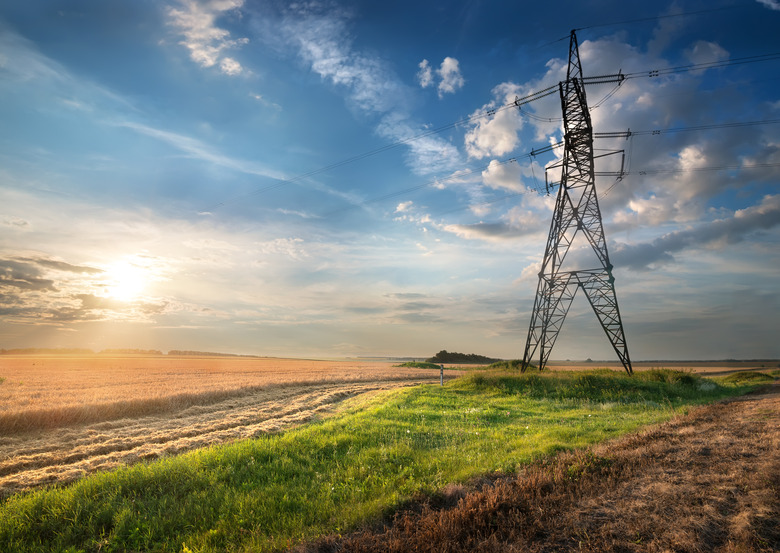How To Calculate Conductance
In electronics, conductance is a measure of the current produced through a circuit element for a given applied voltage. Usually denoted by the letter G, conductance is the reciprocal of resistance, R. The unit of conductance is the siemens (S). The conductance of a conductor depends on many factors, including its shape, dimensions, and the material's conductivity—usually denoted by the Greek letter σ.
Conductance from Resistance
Conductance from Resistance
Suppose a particular circuit element has a resistance of 1.25 × 103 ohms. Because conductance is the reciprocal of resistance, we can write:
\(G=\frac{1}{R}\)
Therefore:
\(G=\frac{1}{1.25\times 10^3\text{ ohms}}=8\times10^2\text{ siemens}\)
Conductance when Current and Voltage Are Known
Conductance when Current and Voltage Are Known
Consider this example: A voltage (V) of 5 volts generates a current (I) of 0.30 amps in a particular length of wire. Ohm's law tells us that resistance (R) can be easily determined. According to the law:
\(V=IR\)
So:
\(\frac{1}{R}=\frac{I}{V}\)
In this case, it's 0.30 amps ÷ 5 volts = 0.06 Siemens.
Conductance from Conductivity
Conductance from Conductivity
Suppose you have a wire with a round cross-section that has a radius r and length L. If you know the conductivity (σ) of the wire material, you can find the conductance (G) of the wire. The relationship between them is:
\(G=\frac{A\sigma}{L}\)
and since cross-sectional area is πr2, this becomes:
\(G=\frac{\pi r^2\sigma}{L}\)
Example:
Example:
Find the conductance of a round piece of iron with a cross-sectional radius of 0.001 meters and length of 0.1 meters.
Iron has a conductivity of 1.03 × 107 siemens/m, and the cross-sectional area of the wire is 3.14 X 10-6 m. The conductance of the wire is then 324 siemens.
Cite This Article
MLA
Ph.D., Ariel Balter,. "How To Calculate Conductance" sciencing.com, https://www.sciencing.com/calculate-conductance-5155205/. 5 November 2020.
APA
Ph.D., Ariel Balter,. (2020, November 5). How To Calculate Conductance. sciencing.com. Retrieved from https://www.sciencing.com/calculate-conductance-5155205/
Chicago
Ph.D., Ariel Balter,. How To Calculate Conductance last modified March 24, 2022. https://www.sciencing.com/calculate-conductance-5155205/
